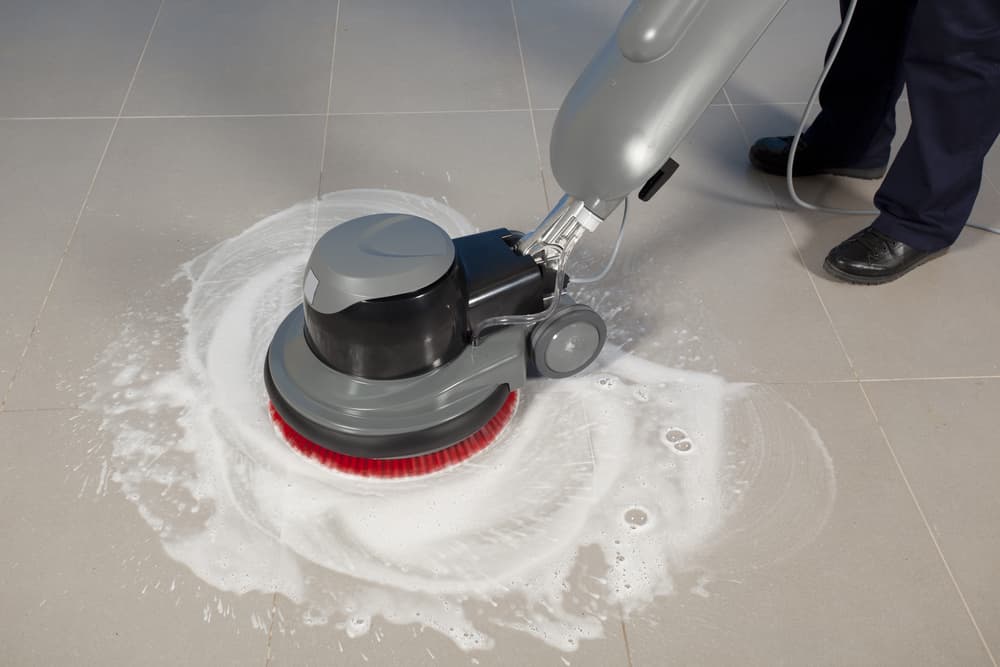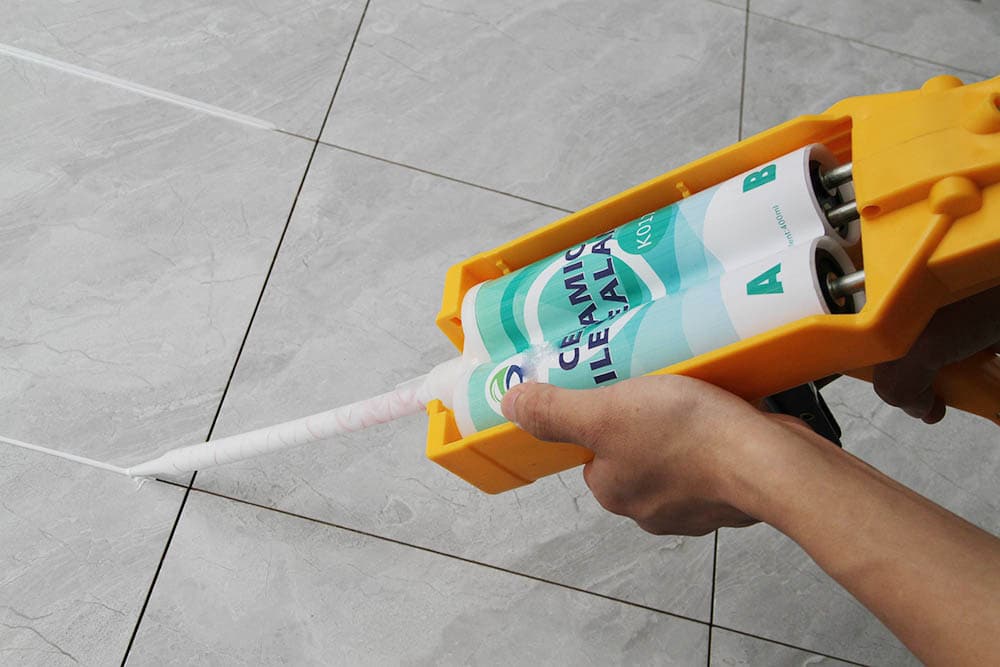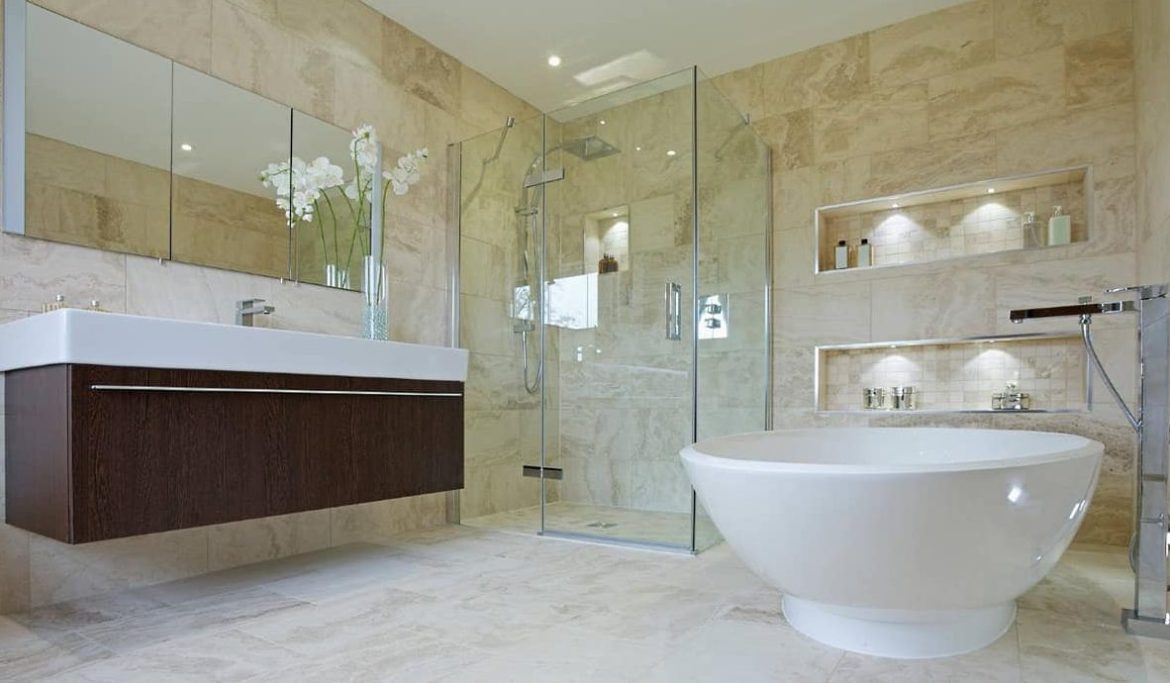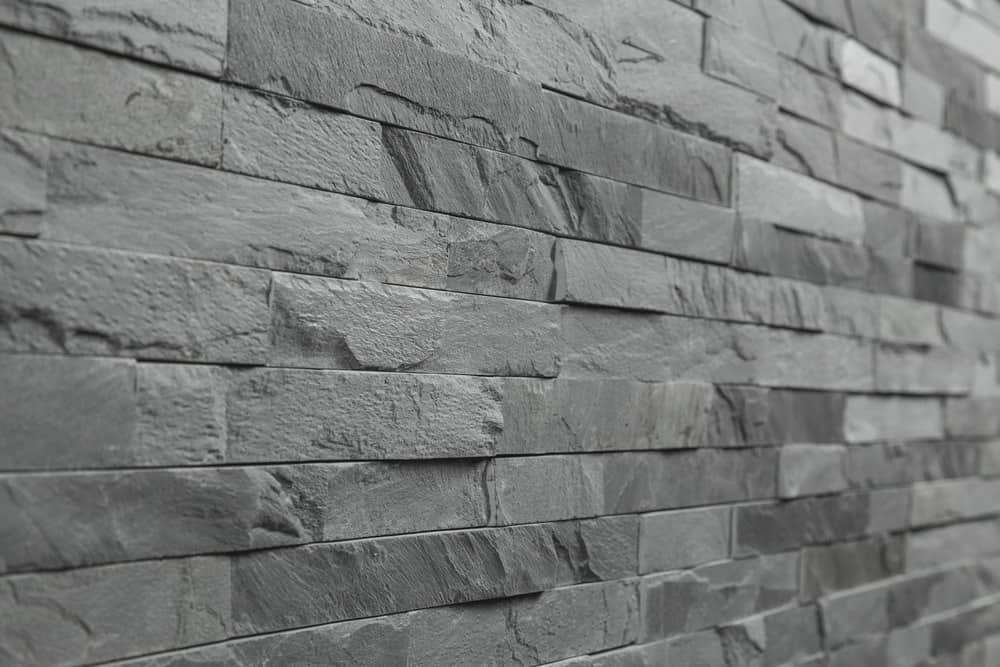Because there are multitudinous options to use, selecting the best products for the ceramic tile installation project you are working on can be challenging. It is possible that using the incorrect tile grout or mortar might be the difference between a successful home renovation job and one that is less than ideal. The question at the moment is how to choose the appropriate thinset mortar or grout. Access to all the information is the first step, and that’s where this guide comes in! You will discover all you need to know about the materials that are used for installing tiles by reading this shopping guide. Prepare yourself to become an expert on the distinction between the grout and thinset mortar, the many varieties of grout and thinset, and the process of selecting a grout color. What Are the Key Differences Between Tile Grout and Thinset Mortar? comparison of thinset mortar and tile grout Although they are both necessary and complementary components, grout and mortar each perform a specific function during the tiling installation process. People often get these two ideas mixed up, and some even consider them to be the same thing.  While thin-set mortar is used in adhering tiles to a surface, grout is utilized after the tiles have been put to fill the voids left between the tiles. These materials come in various forms and configurations because they are used for various functions. What exactly is the Thinset Mortar? Thinset, an adhesive cement, is used to secure tiles to concrete. Floors and walls alike are put in using thinset. Because thinset is a kind of mortar, the two terms are often used interchangeably. This is due to the fact that thinset is identical in all material respects to the original. Sand, water, and cement are the primary components of thinset, and they may additionally include additives for enhanced bonding, greater water resistance, and increased flexibility. Manufacturers have specialized thinsets to meet the requirements of a variety of applications as well as types of tile. What exactly is grout? In practically all tile installation instances, the space left between individual tiles is filled with grout. It does this by providing extra bonding and preventing chips and cracks to the edges of the tiles as it works to fill the spaces between tiles, which are also referred to as joints. The basis of standard grout is polymer-enhanced Portland cement, and depending on the kind, it may or may not include sand. Sand is not often included. To increase the mixture’s resistance to moisture and stains, you may improve it by adding a latex addition or sealer. Manufacturers have produced different Kinds of Mortar. Many different kinds of specialized mortars in order to enhance performance in a variety of applications. You will need to search for a thinset that was developed specifically for your installation if you want to get the most out of it.
While thin-set mortar is used in adhering tiles to a surface, grout is utilized after the tiles have been put to fill the voids left between the tiles. These materials come in various forms and configurations because they are used for various functions. What exactly is the Thinset Mortar? Thinset, an adhesive cement, is used to secure tiles to concrete. Floors and walls alike are put in using thinset. Because thinset is a kind of mortar, the two terms are often used interchangeably. This is due to the fact that thinset is identical in all material respects to the original. Sand, water, and cement are the primary components of thinset, and they may additionally include additives for enhanced bonding, greater water resistance, and increased flexibility. Manufacturers have specialized thinsets to meet the requirements of a variety of applications as well as types of tile. What exactly is grout? In practically all tile installation instances, the space left between individual tiles is filled with grout. It does this by providing extra bonding and preventing chips and cracks to the edges of the tiles as it works to fill the spaces between tiles, which are also referred to as joints. The basis of standard grout is polymer-enhanced Portland cement, and depending on the kind, it may or may not include sand. Sand is not often included. To increase the mixture’s resistance to moisture and stains, you may improve it by adding a latex addition or sealer. Manufacturers have produced different Kinds of Mortar. Many different kinds of specialized mortars in order to enhance performance in a variety of applications. You will need to search for a thinset that was developed specifically for your installation if you want to get the most out of it.  Mortar with a Modified Thin-Setting The use of modified thinset has additional advantages that are not present in the use of normal mortar. To improve its effectiveness and binding strength, dry thinset powder is combined with supplementary goods such as latex polymers. Because of this, your tiles will cling to the subfloor more effectively, and the thinset will have a reduced potential for collecting moisture than would be the case with an unmodified thinset. Thinset Mortar That Has Not Been Modified To put it another way, an unmodified thinset is a tile mortar that does not include additives in the product’s dry powder mix. When dealing with a moisture barrier installed over the subfloor, such as a Schluter system, many people choose to employ this particular kind of subflooring. When you are preparing the thinset, you may utilize liquid additives in lieu of water if you still want all of the beneficial properties that come with a modified mortar. These liquid polymers can potentially increase both the bonding strength and the material’s flexibility. Mortars for Use with Large Format Tile This particular kind of thinset is also referred to as a medium bed mortar, and it is produced by combining water, cement, and coarse sand in a mixing container. Compared to other forms of mortar, medium bed mortar is put in a much more substantial layer, often at least half an inch thick. The thickness not only lengthens the time needed for drying but also acts as a barrier between the tile and the subfloor.
Mortar with a Modified Thin-Setting The use of modified thinset has additional advantages that are not present in the use of normal mortar. To improve its effectiveness and binding strength, dry thinset powder is combined with supplementary goods such as latex polymers. Because of this, your tiles will cling to the subfloor more effectively, and the thinset will have a reduced potential for collecting moisture than would be the case with an unmodified thinset. Thinset Mortar That Has Not Been Modified To put it another way, an unmodified thinset is a tile mortar that does not include additives in the product’s dry powder mix. When dealing with a moisture barrier installed over the subfloor, such as a Schluter system, many people choose to employ this particular kind of subflooring. When you are preparing the thinset, you may utilize liquid additives in lieu of water if you still want all of the beneficial properties that come with a modified mortar. These liquid polymers can potentially increase both the bonding strength and the material’s flexibility. Mortars for Use with Large Format Tile This particular kind of thinset is also referred to as a medium bed mortar, and it is produced by combining water, cement, and coarse sand in a mixing container. Compared to other forms of mortar, medium bed mortar is put in a much more substantial layer, often at least half an inch thick. The thickness not only lengthens the time needed for drying but also acts as a barrier between the tile and the subfloor.  Because of these characteristics, medium bed mortar is an excellent choice for big format tiles, which typically have at least one edge that is 15 inches or longer. Because a longer drying period lowers the likelihood of the mortar contracting as it dries, it enables bigger tiles to create a stronger connection without “lippage,” which refers to an uneven surface. If the flooring changes over time, your big format tiles will be protected from cracking thanks to the greater distance that separates them from the subfloor. Mortar for Glass Tiles Glass tiles need for a specialized glue called thinset since the material is both transparent and impermeable. Regarding backsplashes and other applications using glass tile, the material of choice is a white, latex-additive thinset mortar. Because the color of the thinset will be seen behind the glass, a white glue is a good choice for creating a colorless background. Rapidly Evaporating Thinset You should choose with a mortar that dries quickly if you want to speed up the installation process and get more done in a shorter amount of time. Compared to other products, rapid-drying thinset mortar, designed to cure at a quicker pace, enables you to go on to the grouting step more quickly. You can install your tile, get a head start on grouting, and get on with your life if you choose thinset that dries in a short amount of time.
Because of these characteristics, medium bed mortar is an excellent choice for big format tiles, which typically have at least one edge that is 15 inches or longer. Because a longer drying period lowers the likelihood of the mortar contracting as it dries, it enables bigger tiles to create a stronger connection without “lippage,” which refers to an uneven surface. If the flooring changes over time, your big format tiles will be protected from cracking thanks to the greater distance that separates them from the subfloor. Mortar for Glass Tiles Glass tiles need for a specialized glue called thinset since the material is both transparent and impermeable. Regarding backsplashes and other applications using glass tile, the material of choice is a white, latex-additive thinset mortar. Because the color of the thinset will be seen behind the glass, a white glue is a good choice for creating a colorless background. Rapidly Evaporating Thinset You should choose with a mortar that dries quickly if you want to speed up the installation process and get more done in a shorter amount of time. Compared to other products, rapid-drying thinset mortar, designed to cure at a quicker pace, enables you to go on to the grouting step more quickly. You can install your tile, get a head start on grouting, and get on with your life if you choose thinset that dries in a short amount of time.  No Slump Mortar This tile adhesive is also known as non-sag mortar, and it is meant to have a firm grip on the tiles. When placing tile on a wall, if you want to decrease the chance of the tile sliding about or drooping, you should choose mortar that does not slump. When installing big format tiles, you may also use mortar that does not droop as a medium bed thinset. Epoxy Mortar Are you looking for a thinset that can withstand the harsh conditions of a commercial kitchen, a warehouse, or a garage, among other places? Epoxy mortar is the one to turn to. Because it has a higher chemical resistance compared to other varieties, it is an excellent option for locations that may potentially be exposed to a lot of fumes or chemicals. Because regular mortars do not bind well with this substance, you may also use it to glue tiles with resin backing below them. Mastic Mastic is a specific kind of adhesive used for ceramic tile, and its consistency is unlike any other thinset. It is stickier, and there is even a trace of glutinous to it. Because there is less of a risk that the tiles would slide about on the wall when they have this stickier texture, it is ideal for tiling a wall. However, it’s not all sticky and delicious bliss. You should be aware of the many restrictions that are associated with mastic. To begin, it’s not the best choice for installing bigger tiles. Make every effort to use tiles that are no bigger than 12 inches long and 12 inches broad. Second, mastic does not function well in environments with a lot of moisture. It is best to avoid using mastic in settings that are often exposed to water, such as restrooms and showers.
No Slump Mortar This tile adhesive is also known as non-sag mortar, and it is meant to have a firm grip on the tiles. When placing tile on a wall, if you want to decrease the chance of the tile sliding about or drooping, you should choose mortar that does not slump. When installing big format tiles, you may also use mortar that does not droop as a medium bed thinset. Epoxy Mortar Are you looking for a thinset that can withstand the harsh conditions of a commercial kitchen, a warehouse, or a garage, among other places? Epoxy mortar is the one to turn to. Because it has a higher chemical resistance compared to other varieties, it is an excellent option for locations that may potentially be exposed to a lot of fumes or chemicals. Because regular mortars do not bind well with this substance, you may also use it to glue tiles with resin backing below them. Mastic Mastic is a specific kind of adhesive used for ceramic tile, and its consistency is unlike any other thinset. It is stickier, and there is even a trace of glutinous to it. Because there is less of a risk that the tiles would slide about on the wall when they have this stickier texture, it is ideal for tiling a wall. However, it’s not all sticky and delicious bliss. You should be aware of the many restrictions that are associated with mastic. To begin, it’s not the best choice for installing bigger tiles. Make every effort to use tiles that are no bigger than 12 inches long and 12 inches broad. Second, mastic does not function well in environments with a lot of moisture. It is best to avoid using mastic in settings that are often exposed to water, such as restrooms and showers. 











Your comment submitted.